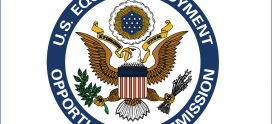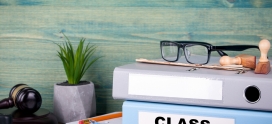Has Your Child Been Injured By Poorly Made Booster Seats?
Time spent around the dinner table is supposed to be good for a child. It encourages communication, socialization and family bonding as well as familiarization with healthy foods. Unfortunately, defective booster seats and product liability cases have turned the once idyllic scene into a cause for concern. Case in point, more than 20,000 booster seats were recalled in May 2015 alone! The brand at the center of the latest, troubling recall was OXO.
Latest Booster Seat Recall Danger
The booster seats that they manufactured in China and sold from 2014 until April of this year featured defective straps. As such, unsuspecting toddlers could have very easily fallen out of the seats or gotten entrapped in the straps during escape attempts. Sadly, the OXO booster seat recalls are just another notch in a long list of restraint failures.
Booster and High Chair Manufacturers Can’t Be Trusted
In April 2014, the Journal of Clinical Pediatrics published a study showing just how untrustworthy booster seat and high chair manufacturers have been over the years. They recorded more than 2,000 injuries between 2003 and 2010 in conjunction with 3+ million recalls. In addition, they estimated that in excess of 9,000 related injuries have occurred every year thereafter. That’s a lot of injured children to be sure.
Parents Beware of Non-Certified Products
Parents hoping to prevent booster and high chair related accidents should consider confining their purchases to ones that hold ASTM International and JPMA Certifications. Checking to ensure that the booster seats and high chairs were not manufactured by frequent offenders is another smart choice because companies with a history of product liability issues shouldn’t really be trusted with a child’s health.
After purchasing booster seats or high chairs, parents should make it a point to sign up for product recall alerts, just in case. We would also suggest reading the owner’s manual that came with the booster seat or high chair. After all, it is vital that parents and other responsible adults use the booster seats or high chairs properly. Otherwise, children could become injured and parents could be accused of contributory negligence.
Flawed Booster Seat and High Chair Injuries
Injuries frequently associated with defective booster seats include, but are not exclusive to broken bones, head injuries, lacerations, fractures and puncture wounds. Of course the situation could worsen if hot food, beverages, glass and cutlery are involved. For example, the child could start to fall out of the booster seat and instinctively reach towards the table.
In the process, he or she could knock over steaming hot foot sitting in a glass bowl. The serving bowl could break upon hitting the floor, sending shards of glass and hot foods towards the already injured child. In the end, the child could end up with serious burns, eye injuries and severed arteries in addition to the original, impact injuries. The hot foods and glass could also obviously travel far enough to injure other people seated at the table as well.
Seek Restitution for Booster Seat or High Chair Injuries
If incidents like that happen, families should hold on to the defective booster seat and contact a product liability attorney for advice. It may be possible to sue the booster seat’s manufacturer and receive compensation for injured children and others impacted by the flawed product.



